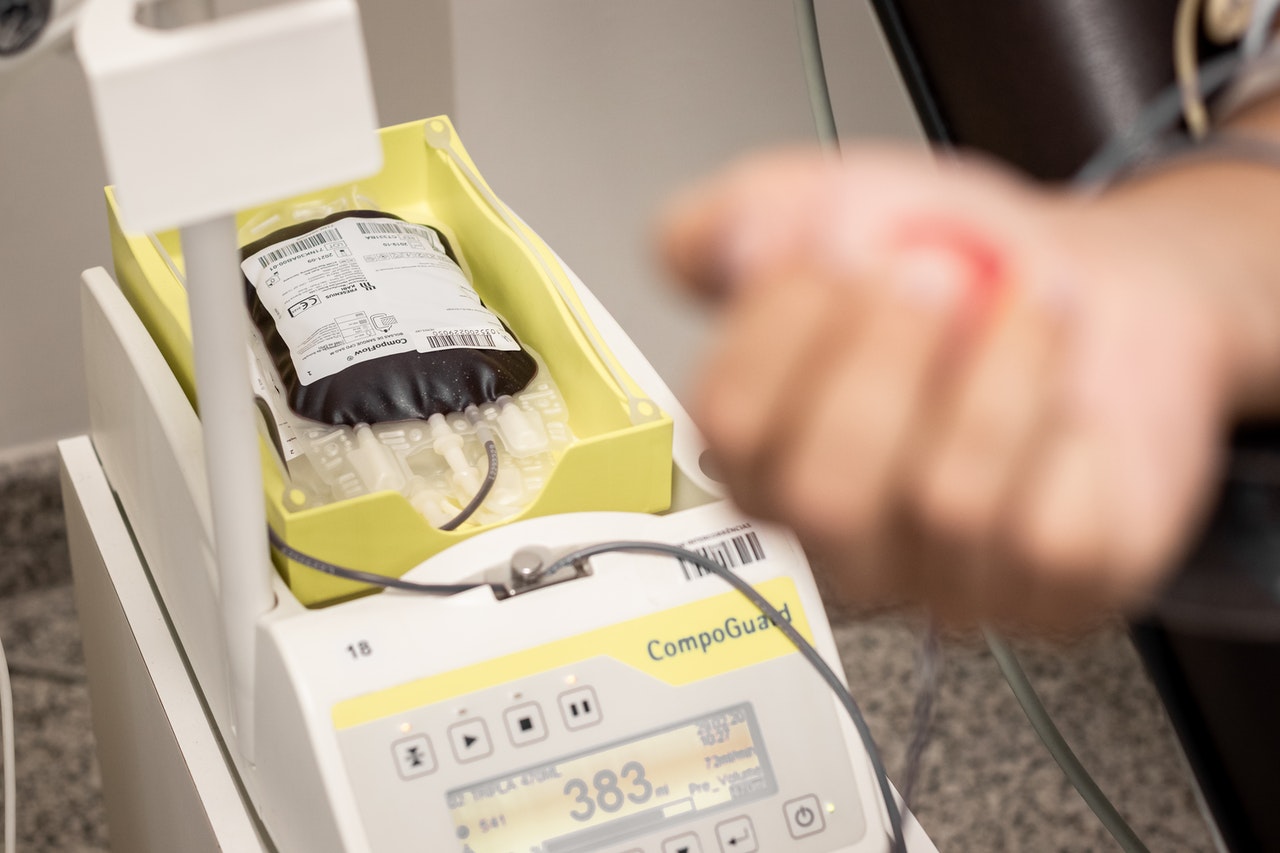
Blood centers in various regions of the country, including California, have an urgent need for people to come forward to donate blood of all types, especially as COVID-19 remains a pandemic: donations are critical to ensure the availability of blood for all who need it.
According to the American Blood Centers, the American Red Cross, and the Blood Centers of America, the plasma shortage has put several states on alert, so the California Department of Health has called on its eligible residents to donate blood.
It should be noted that the estimate is weighted using data from the National Survey of Blood Utilization and Collection of the Centers for Disease Control and Prevention (CDC), while most hospital blood centers are not part of this analysis.
The Association for the Advancement of Blood and Biotherapies (AABB) states that "all blood donations are necessary.
"It is very possible that there is a shortage in your area. If you want to donate blood, you should contact your local blood center and work with them to schedule an appointment for a donation. Scheduling appointments helps centers manage their inventories and ensure that patients' needs are met throughout the year," she says.
In addition to donating blood, it is also necessary to donate blood components, such as platelets, plasma and double red blood cells.
Donate blood - or whole blood?
This is the most common type of donation, less than half a liter of "whole blood" is obtained during the process of donating blood.
Blood is separated into transfusable components: red blood cells, plasma, platelets and/or AHF cryoprecipitate (plasma rich in clotting factors).
This type of donation normally takes a total of one hour and 15 minutes, although the actual collection only takes 8 to 10 minutes. Whole" blood can be donated every 56 days.
Platelet donation
During a platelet donation, a small amount of blood - less than half a liter - is drawn and passed through a cell separation machine.
The machine collects the platelets and returns the rest of the blood components, along with some saline fluid.
After the donation you can return to your daily activities, avoiding heavy lifting or intense exercise that day.
A single donor can provide enough platelets for a full therapeutic dose for a patient in need. In fact, some donations produce enough for two or three doses.
In contrast, five whole blood donations are needed to produce a single therapeutic dose.
Platelets are a vital element in cancer treatments and organ transplants, as well as in many surgical procedures, as they help prevent massive blood loss.
Donors should not take aspirin or aspirin-containing products 48 hours before donating platelets; they can donate up to 24 times a year; and the procedure takes approximately 1.5 to 2.5 hours.
Plasma donations
Plasma is one of the key components of blood needed for the practice of modern medicine. During plasma donation, blood is drawn from a vein in an arm and is conveyed to an automated machine through a one-time sterile collection kit.
The machine collects selected components, plasma alone or a combination of plasma and platelet units, and then returns the remaining components with some saline.
The AB blood type donor is the universal plasma donor. Although red blood cells can only be donated to specific patients, plasma and platelets can be given to any patient.
AB donors are excellent candidates for plasma donation.
Double red blood cells
Double red blood cell donation is similar to whole blood donation, except that a special machine is used to allow you to safely donate two units of red blood cells during a single donation and return the plasma and platelets.
Red blood cells are the most commonly used blood component in transfusions and often certain blood groups do not have sufficient supply.
Donations of double red cells from group O donors and donors with Rh-negative blood groups play an important role in maintaining blood supply levels. Donors need to have slightly higher hemoglobin and body weight/height requirements to be able to donate double red cells.
These donations can take approximately one hour and 25 minutes and will allow up to almost one liter of red blood cells to be donated. Donors can donate every 112 days.
You may be interested in: Despite preventing several types of cancer, vaccination against Human Papillomavirus is not frequent in the SM


